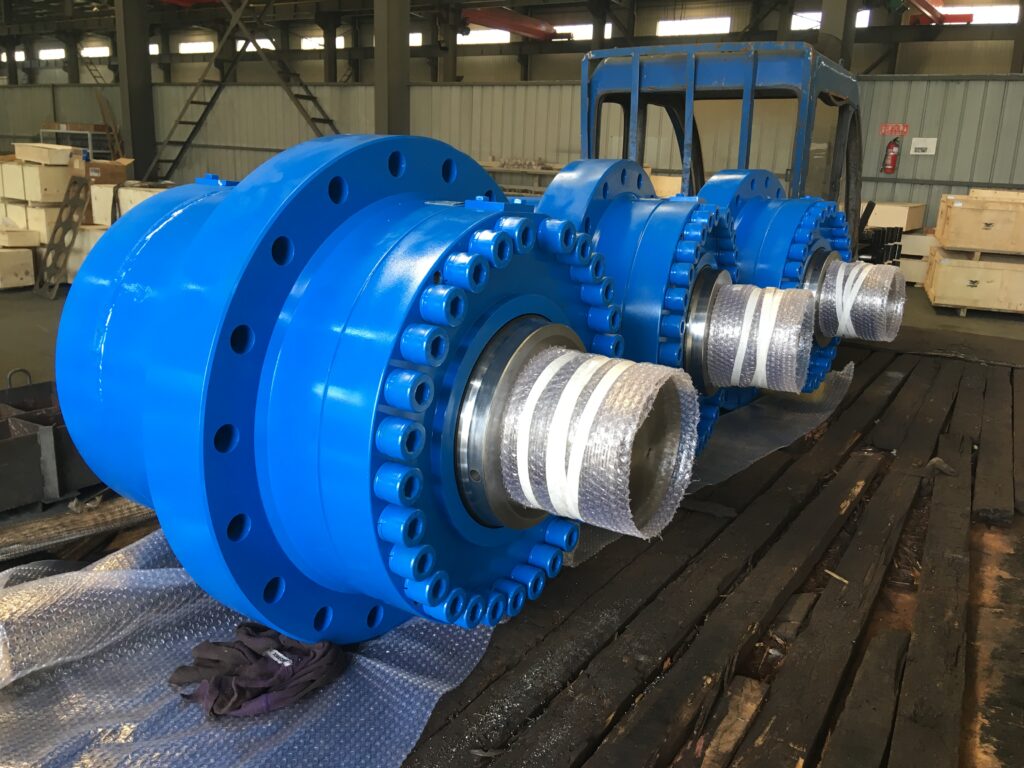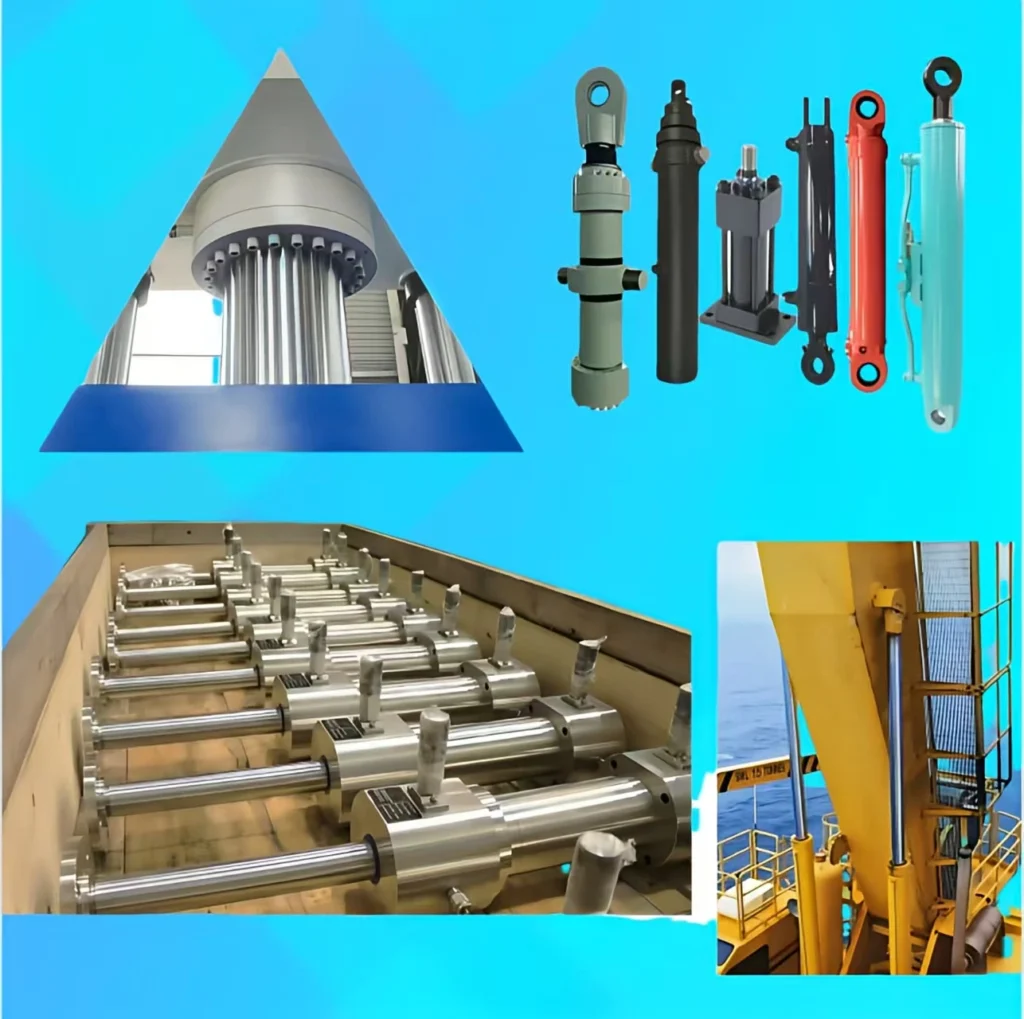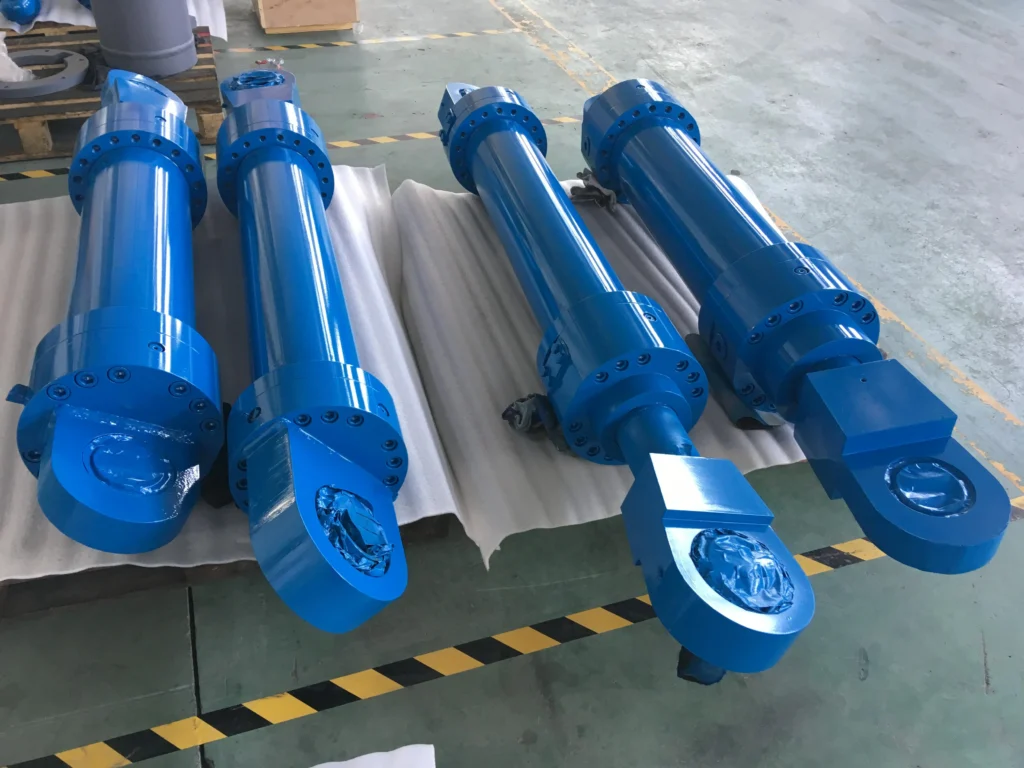How to Keep Hydraulic Cylinders in Perfect Sync — Even Under Long Stroke, High Load & High Speed
Ensure Absolute Synchronization in Multi-Cylinder Hydraulic Systems with Confidence
Why Synchronization Is Critical in Modern Hydraulic Equipment
In today’s industrial equipment—such as large presses, heavy-duty injection machines, forging systems, and shipbuilding automation—dual or multiple hydraulic cylinders are often used to drive a shared sliding block (slider). When stroke lengths are long, loads are heavy, and movements are fast, synchronization becomes not just important—but essential.
Even a slight deviation between cylinders can result in:
Uneven force distribution
Slider tilting or deflection
Accelerated wear of guide rails or cylinder seals
Product deformation or equipment damage
Why Synchronization Is Critical in Modern Hydraulic Equipment
In today’s industrial equipment—such as large presses, heavy-duty injection machines, forging systems, and shipbuilding automation—dual or multiple hydraulic cylinders are often used to drive a shared sliding block (slider). When stroke lengths are long, loads are heavy, and movements are fast, synchronization becomes not just important—but essential.
Even a slight deviation between cylinders can result in:
Uneven force distribution
Slider tilting or deflection
Accelerated wear of guide rails or cylinder seals
Product deformation or equipment damage
Key Technical Challenges
Challenge
- Long Stroke
- High Load
- High Speed
Impact
Accumulated error, pressure imbalance
Structural stress, energy loss
Response time delay, control difficulty
4 Proven Synchronization Solutions
1. Closed-Loop Electronic Synchronization (Best for High Precision)
Uses linear displacement sensors and servo valves
Real-time feedback with PLC/servo control system
Accuracy up to ±0.01mm
2. Mechanical Linkage Synchronization
Systems like synchronous shafts or rack-and-pinion
Simple and robust, good for balanced loads
Limitations in stroke length and flexibility
3. Hydraulic Flow Synchronization
Uses flow dividers, synchronous valves, or servo cylinders
Moderate accuracy, but lower cost
Requires precise valve tuning and circuit cleanliness
4. Master-Slave Cylinder Setup
One cylinder drives others via hydraulic balance
Lower cost than full electronic control
Best for semi-automated systems
Best Practices for Engineering Synchronized Hydraulic Systems
✔️ Use identical hydraulic cylinders for symmetry
✔️ Apply low-friction seals for smooth motion
✔️ Reinforce slider with rigid support frames
✔️ Add linear guide rails to reduce deflection
✔️ Design piping layout to avoid flow lag or pressure loss

To support demanding hydraulic applications, JW HYDRAULIC offers top-quality Hydraulic Cylinder that contribute to synchronization precision and longevity.



